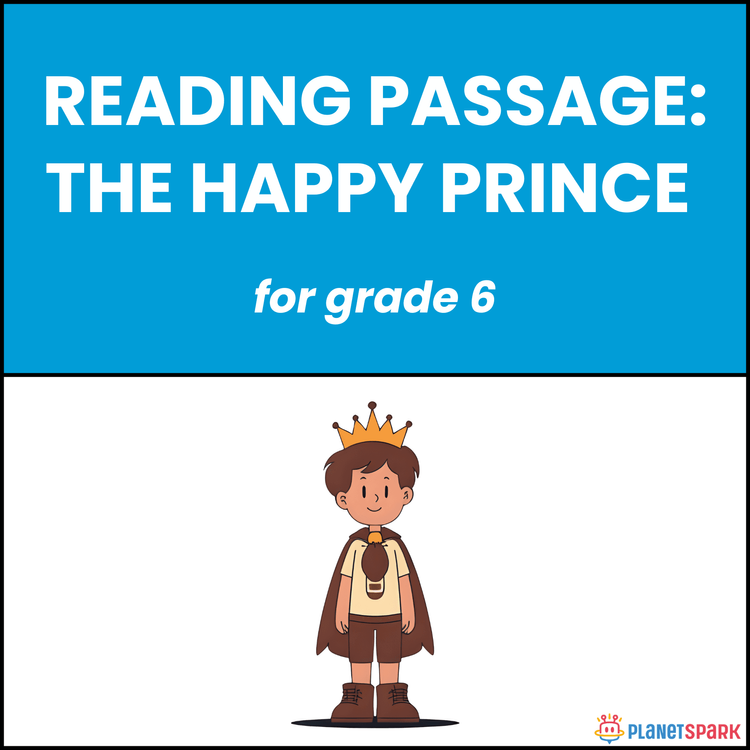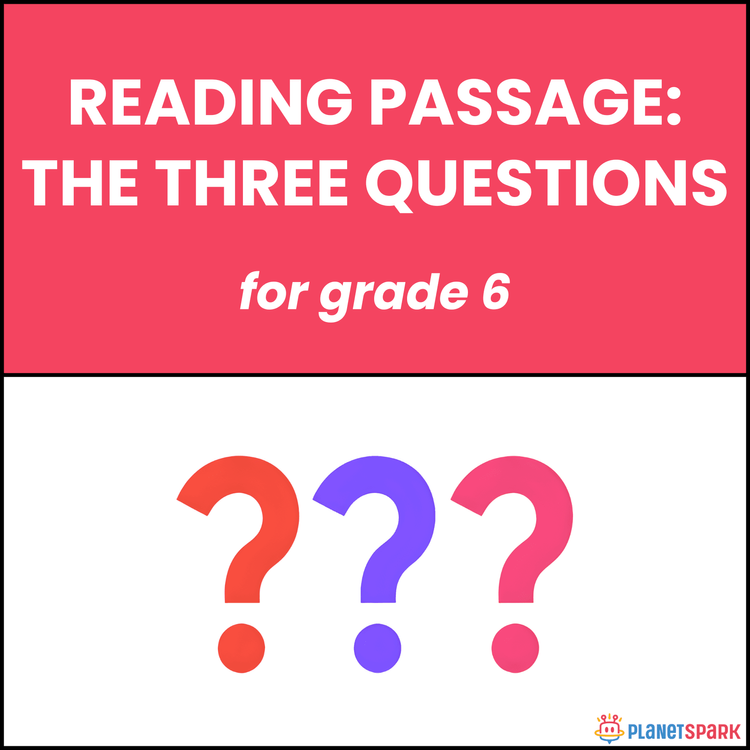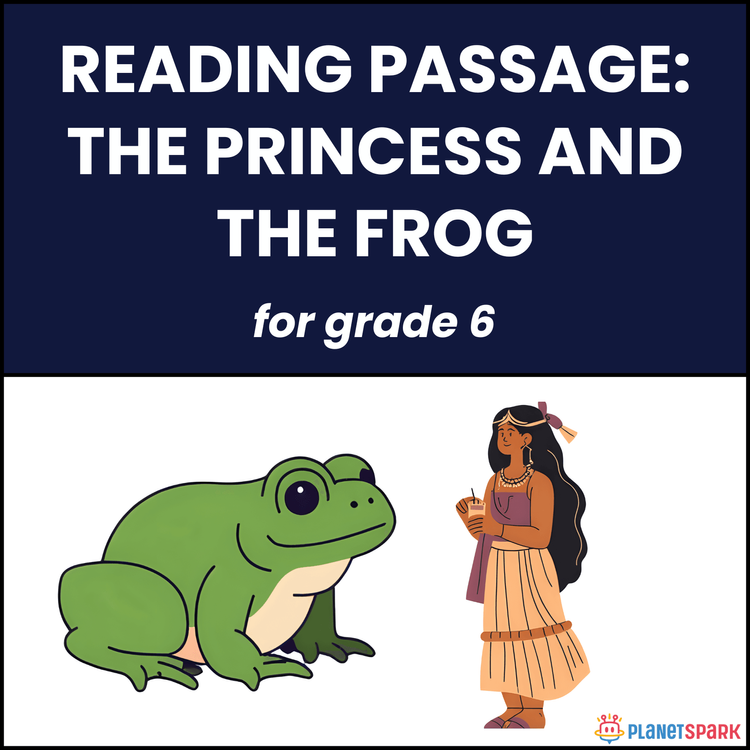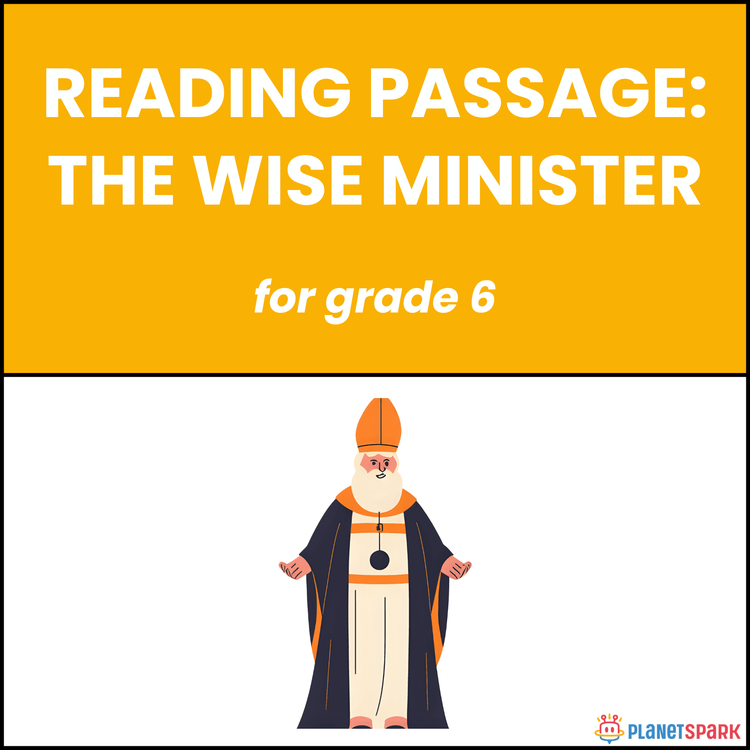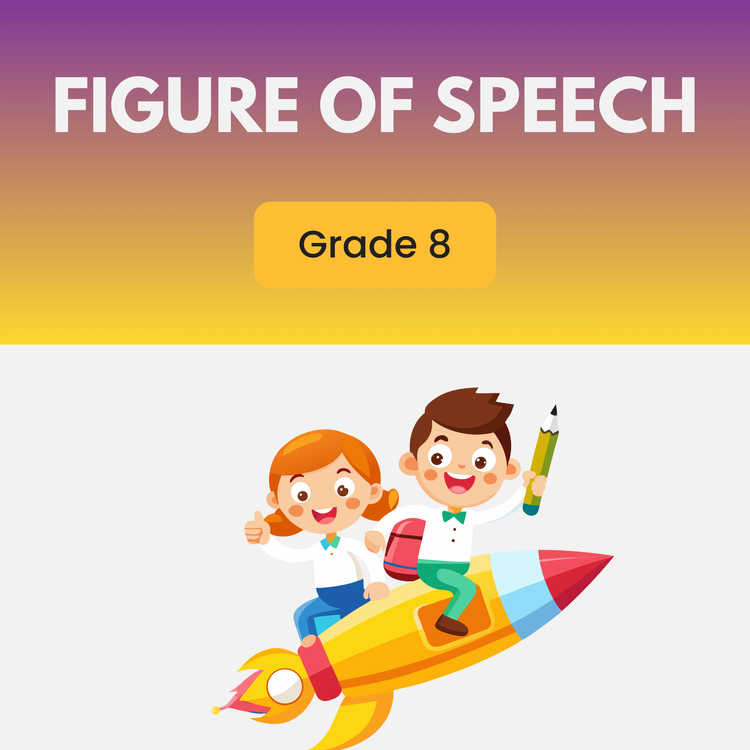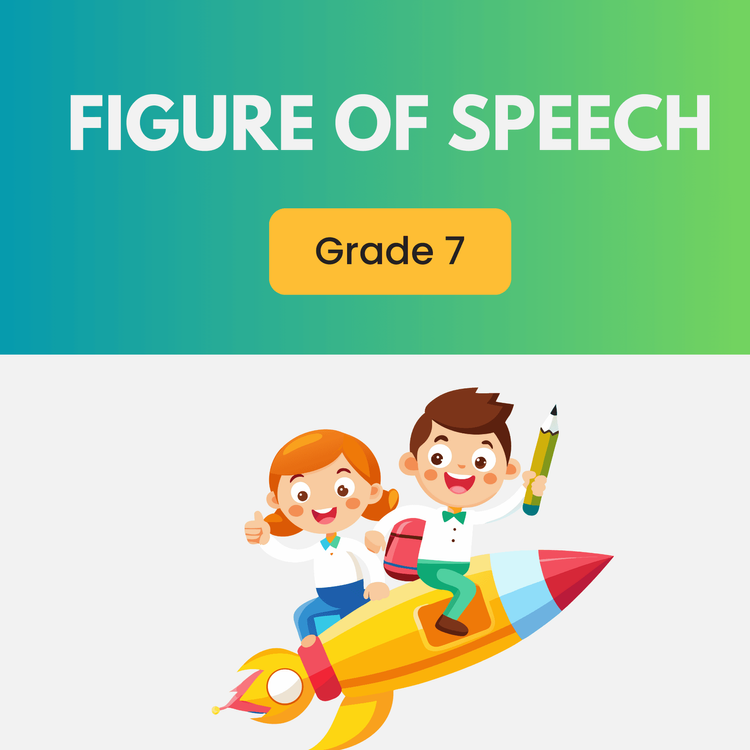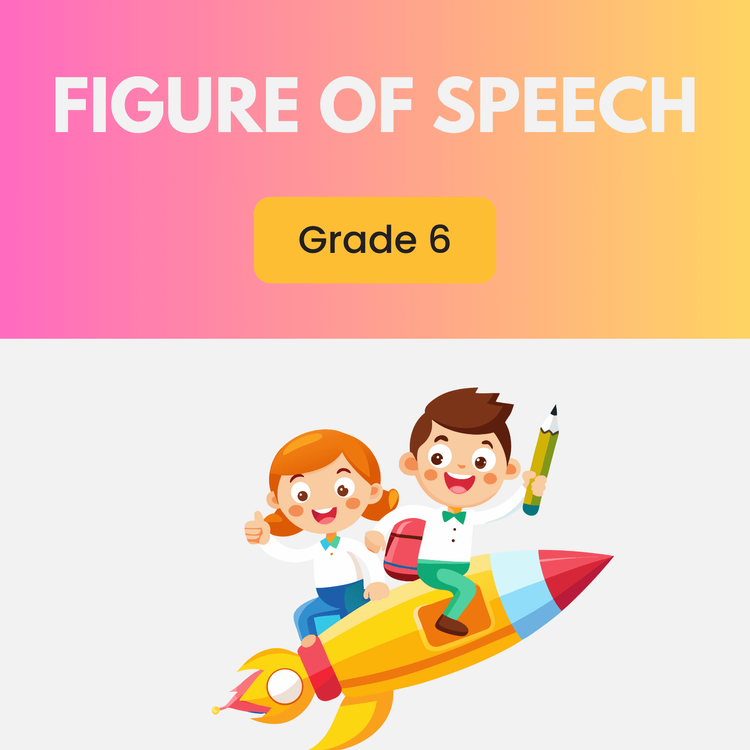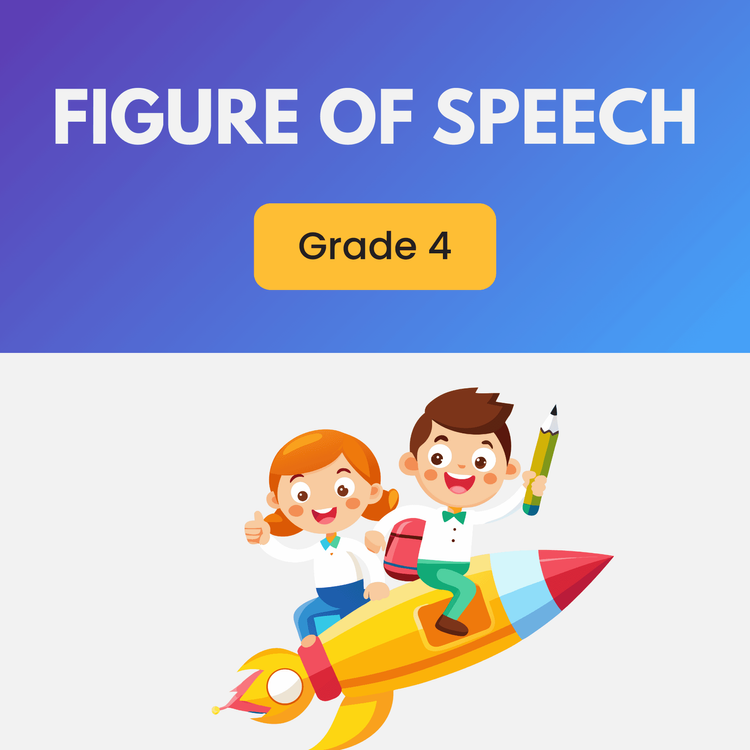Figure of Speech Worksheet For Class 5
Class 6Communication SkillsFree DownloadPDF
Ankita SinghVisit Profile
Ankita Singh – CTE Specialist & Educator
Ankita Singh, a post-graduate with a specialization in CTE, brings over 8 years of teaching experience, including 4+ years with PlanetSpark. She has been empowering children worldwide with effective communication and learning skills, fostering confidence and growth in every student.
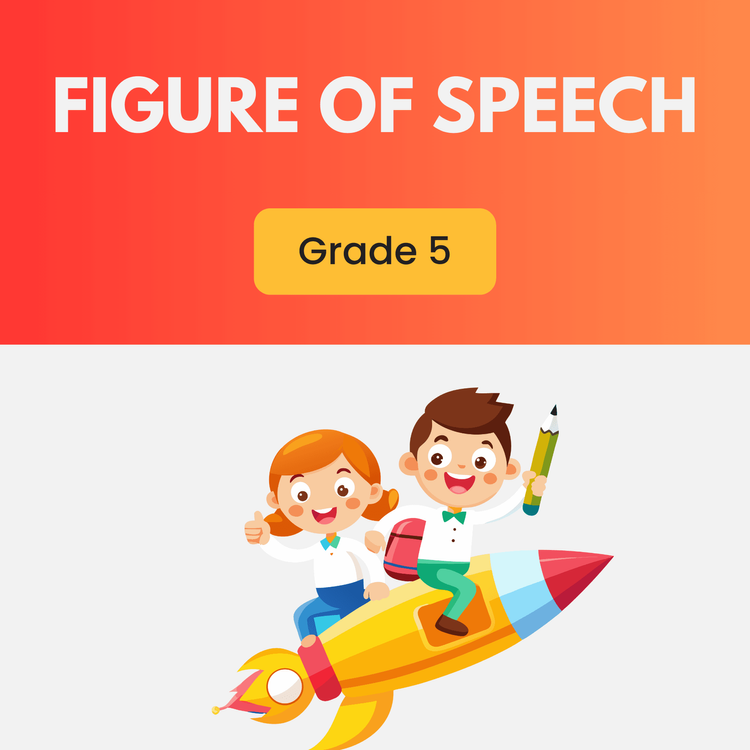

Figure of Speech Worksheet For Class 5
Class 6Communication SkillsFree DownloadPDF
Ankita SinghVisit Profile
Ankita Singh – CTE Specialist & Educator
Ankita Singh, a post-graduate with a specialization in CTE, brings over 8 years of teaching experience, including 4+ years with PlanetSpark. She has been empowering children worldwide with effective communication and learning skills, fostering confidence and growth in every student.
The Figure of speech worksheet for Class 5 introduces middle-grade learners to expressive tools used by writers. These activities help students identify figurative language in sentences and stories.
Importance
Figures of speech help Class 5 students make their writing more engaging and imaginative. They improve comprehension in poems, stories, and literature chapters. Mastering them enhances creative writing and communication skills.
What’s Included
MCQs, fill-in-the-blanks, and matching questions covering simile, metaphor, hyperbole, alliteration, and personification.
Each section reinforces identification and usage through interesting examples.
✅ ANSWER KEY
Choose the correct figure of speech
The classroom was a zoo. → Metaphor
Sara silently slipped away. → Alliteration
I have a million things to do. → Hyperbole
His hands are like ice. → Simile
The sun smiled warmly. → Personification
Fill in the blanks
slept like a log
The sun glared down on us
told you a thousand times
anger was a burning fire
Sammy swiftly sprinted
Match the following
1-B (Simile)
2-A (Personification)
3-C (Metaphor)
4-E (Hyperbole)
5-D (Alliteration)
6-A (Personification)
7-F (Metaphor)
8-H (Personification)
9-C (Metaphor)
10-G (Hyperbole)
Frequently Asked Questions
It covers major figures of speech simile, metaphor, hyperbole, alliteration, and personification. Students practise through MCQs, fill-ups, and matching exercises.
Understanding figures of speech enhances descriptive writing. Students learn to express ideas creatively and clearly.
Yes, teachers can use it for practice, homework, or assessments. It fits perfectly into grammar and creative writing lessons.
The difficulty level is moderate and age-appropriate. Each question reinforces what they learn in class.
Absolutely, it strengthens conceptual knowledge and recognition skills. It acts as a quick and effective revision resource.
